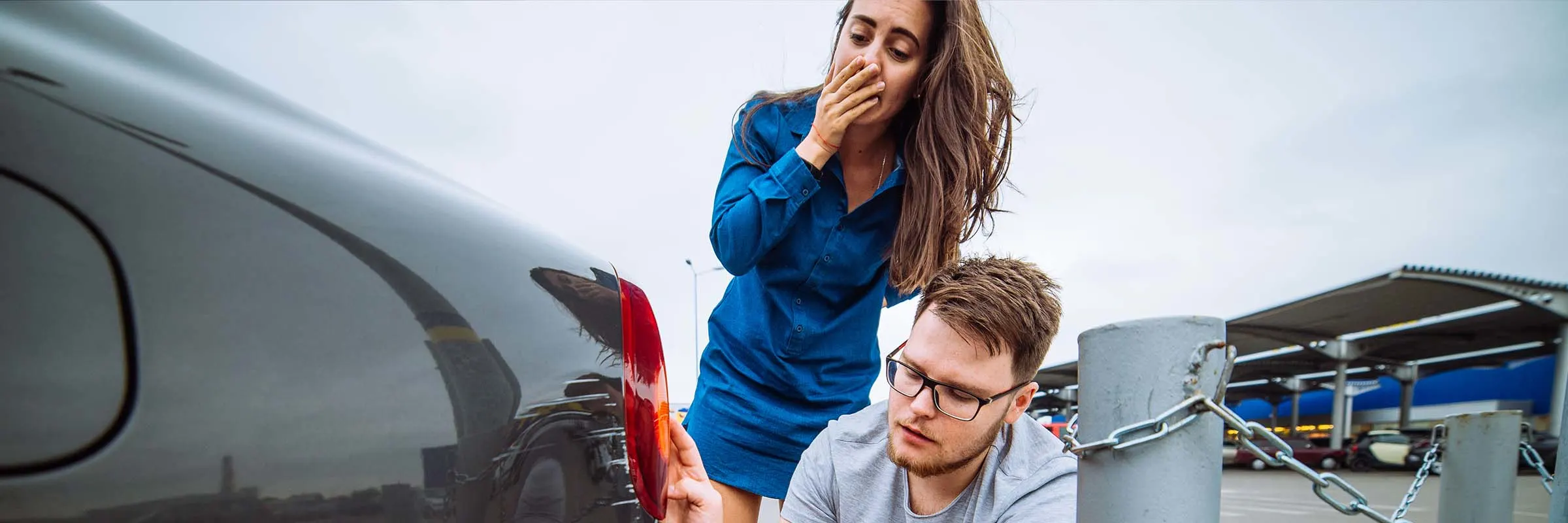What we'll cover
The basics of GAP coverage
How GAP coverage works
Where to get GAP coverage
When you shop for a new car, you’re probably envisioning all the places you’ll go —road trips or ridesharing, commutes and front-seat concerts. What you likely won’t be considering? The possibility that your car could someday be totaled or stolen.
Unfortunately, anyone can be impacted by a worst-case scenario. Your auto insurance may cover the cash value of your vehicle prior to the damage or loss, but it won’t necessarily cover the total outstanding balance of your lease or finance contract. This could leave you with a gap in your coverage that can potentially translate into a hefty bill. The good news is, with GAP coverage, you help protect yourself financially and boost your peace of mind.
What is GAP coverage?
Guaranteed Asset Protection, or GAP coverage, helps protect a buyer or lessee in the case of total loss. Simply put, it helps bridge the gap between how much is owed for the vehicle and how much the car is worth if it is totaled or stolen.
This “gap” occurs because insurance typically pays the cash value of your vehicle at the time of loss. Because cars depreciate, it’s possible that your vehicle’s value will be less than what you still owe on your loan.
Accidents happen, and it’s important to consider that if you have a total loss of your vehicle, your primary insurer’s settlement payment amount may not cover the amount you owe.
For example, let’s say you have an accident and your car is totaled. At the time, you owed $25,000 on your car loan, but your primary insurance carrier valued the vehicle at $21,000. Your insurance provider would pay you $21,000 (the value of the vehicle), minus your deductible, which in this scenario is $1,000. So, overall, you would receive $20,000 from your auto insurer, but you would still owe the remaining $5,000 on your loan.
Do I need GAP coverage?
Accidents happen, and it’s important to consider that if you have a total loss of your vehicle, your primary insurer’s settlement payment amount may not cover the entire amount you owe. If you are concerned about not having enough money on your own to pay that gap amount to the lender, you should think about purchasing GAP coverage. If you feel comfortable that you can cover an emergency situation with cash in a pinch, then you might decide that GAP coverage isn’t a necessity.
Where do I get GAP coverage?
When it comes to purchasing your GAP coverage, you have several different options. GAP coverage is included with all Ally leases, but not all finance companies include GAP. If you’re purchasing a vehicle, you can typically include GAP coverage at the time you sign the lease or finance contract papers. You also may be able to get GAP through your auto insurance company, the lender that’s financing your vehicle or an independent GAP provider.
Decide on the types of protection you need
Buying a car is unlike most other purchases you’ll make. A vehicle can open up tons of possibilities, but also requires a lot of consideration, decision making and long-term thinking during the buying process. While you make choices about safety features, techy add-ons and seat comfort, you also need to decide on the right protection for your finances and your vehicle. Learn more about GAP coverage, and other vehicle protection options from Ally so you can drive off the lot feeling safe and secure.



